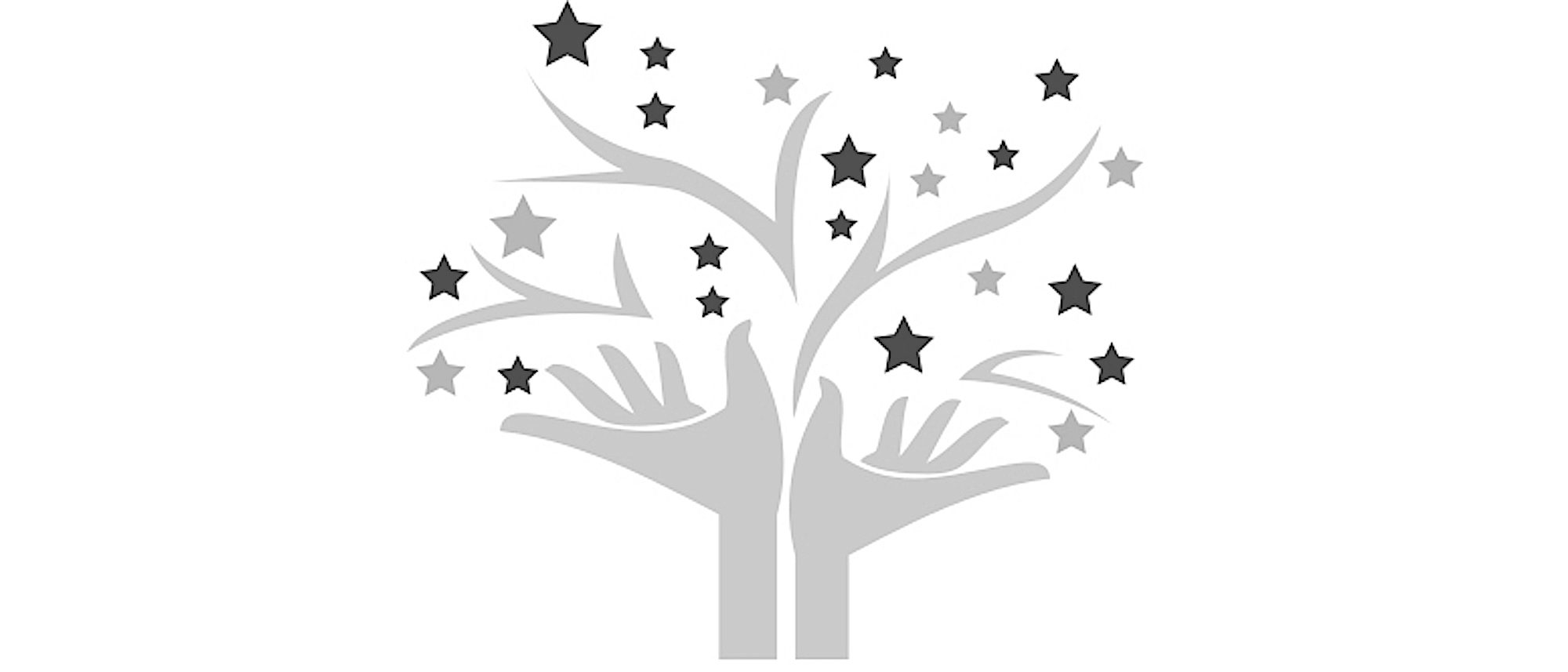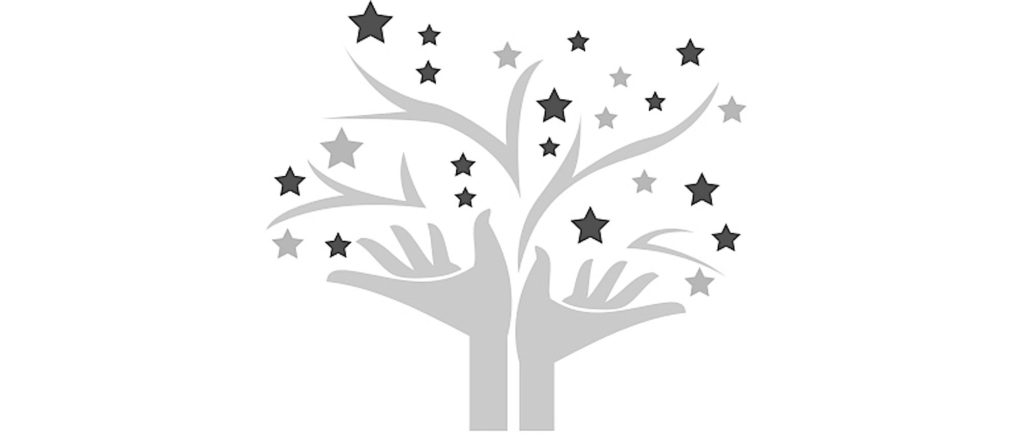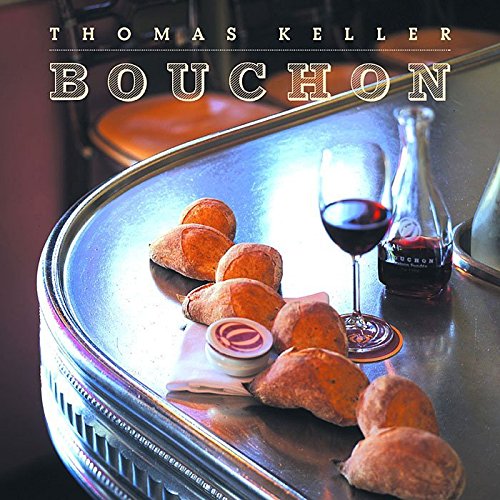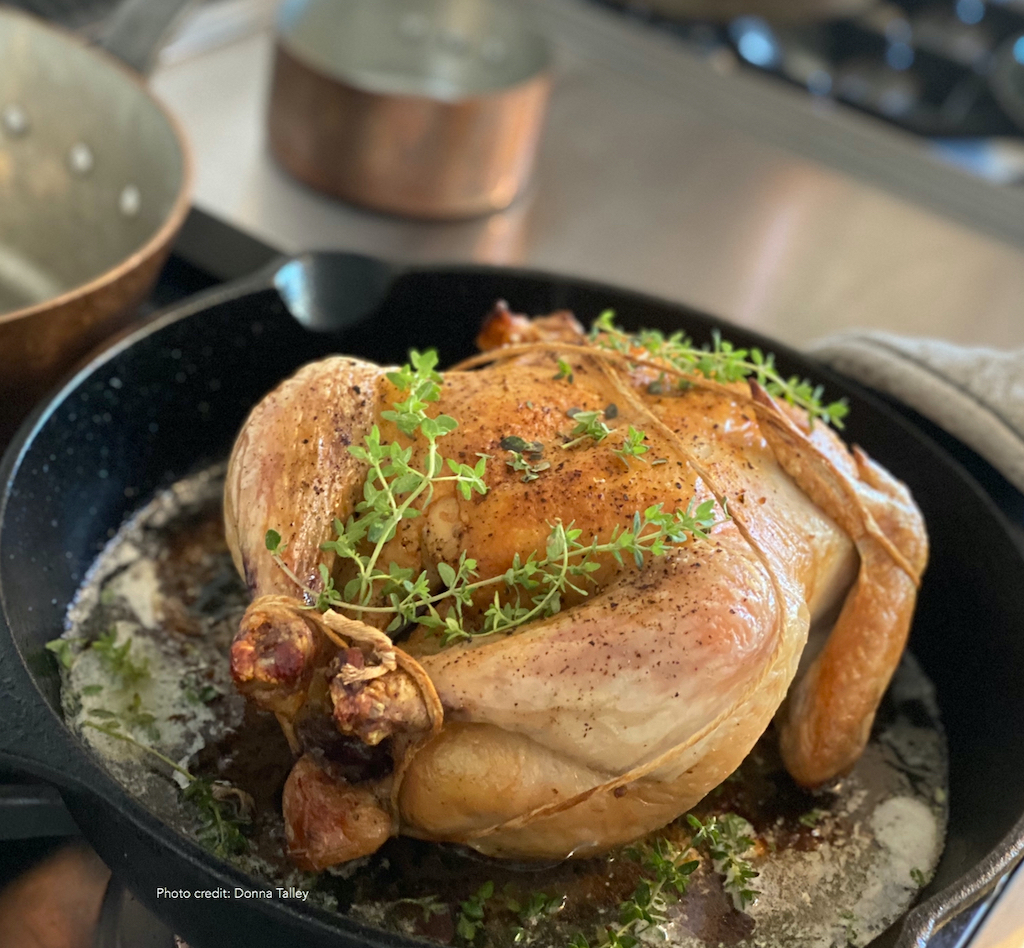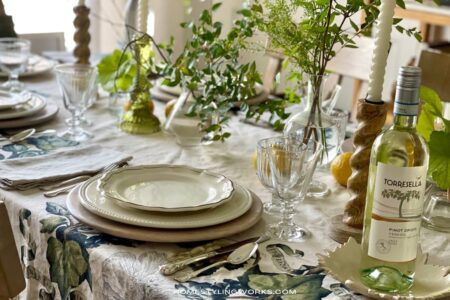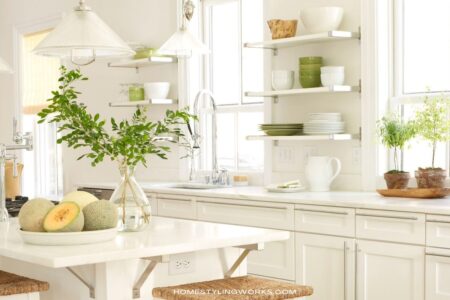Tried & True: Cookbook Edition, Part 2
In my previous “Tried & True” cookbook post, I talked about the cookbooks that expanded my cooking horizons beyond my Italian-American “red sauce” roots (“Cookbooks That Taught Me How To Cook”). In this post, I’m talking about “Tried & True” Cookbooks That Took My Cooking To The Next Level.
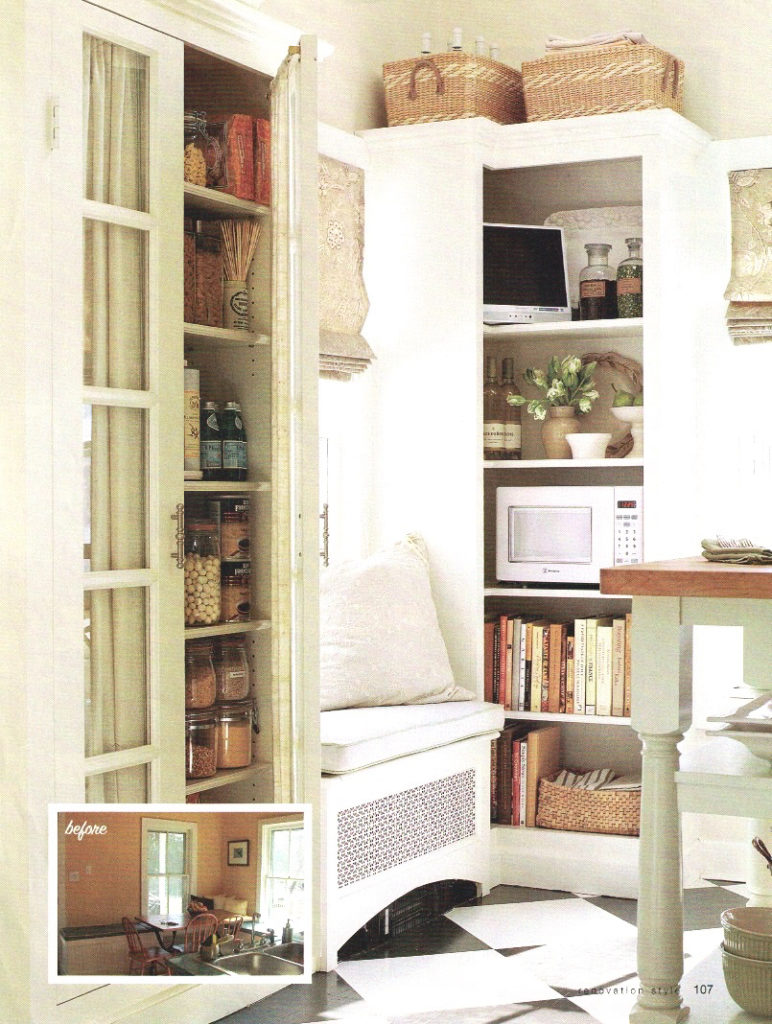
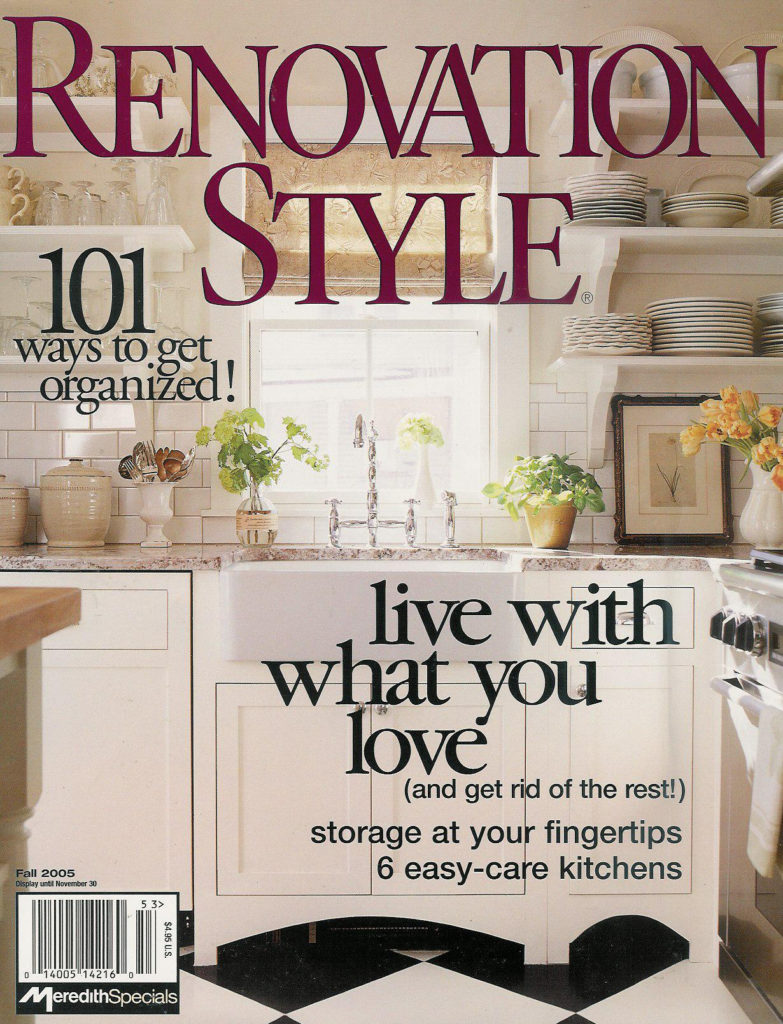
When I renovated my first “real” kitchen in Saratoga Springs, NY in 2004, it was a total gut job. My kitchen requirements were pretty straightforward: a commercial-style six-burner stove, a huge island for making pasta and prepping meals, and built-in shelves to house my cookbooks and other kitchen essentials (shown in the photo above from the“Cooking With Donna” cover feature story in Renovation Style magazine, Fall 2005, photographed by Michael Partenio). Designing and renovating this kitchen became an integral part of my cooking education. So did a selected number of cookbooks that I added to my culinary arsenal, outlined below.
To take my cooking to the next level, I first turned to the master himself – Chef Thomas Keller of the world-renowned French Laundry in Napa Valley, California.
The “Simple Roast Chicken” that I photographed above is one of my signature dishes, and is one of the many delicious recipes featured in “Bouchon” by Thomas Keller (2004). So you might ask (like I did), “What exactly is a Bouchon? Is it a pastry? Is it a type of chicken?” Well, no. A bouchon is a type of restaurant found in Lyon, France (arguably the culinary capital of France and home to many world-class chefs). Bouchons are known for their meat-centric cuisine and, unlike fancy haute cuisine, are centered around a more casual, convivial atmosphere – similar to a bistro, but with a more limited menu selection. Kind of like going to someone’s home for dinner.
I’ve had the pleasure of dining at both the original Bouchon in Yountville, CA (next door to the French Laundry), and at the outpost in Las Vegas. What I love about the recipes in this cookbook (and how they take your cooking to the next level) is what I describe as “patience on steroids”. For example, the onions for the French Onion Soup are caramelized for five hours! I highly recommend this cookbook (along with “The Balthazar Cookbook”, shown later in this post) for learning how to make restaurant-quality meals, in the French bistro/bouchon style.
Another important lesson I learned about cooking is that it all starts with your palette. And my palette radically changed when I visited Italy for the first time, in 2001.
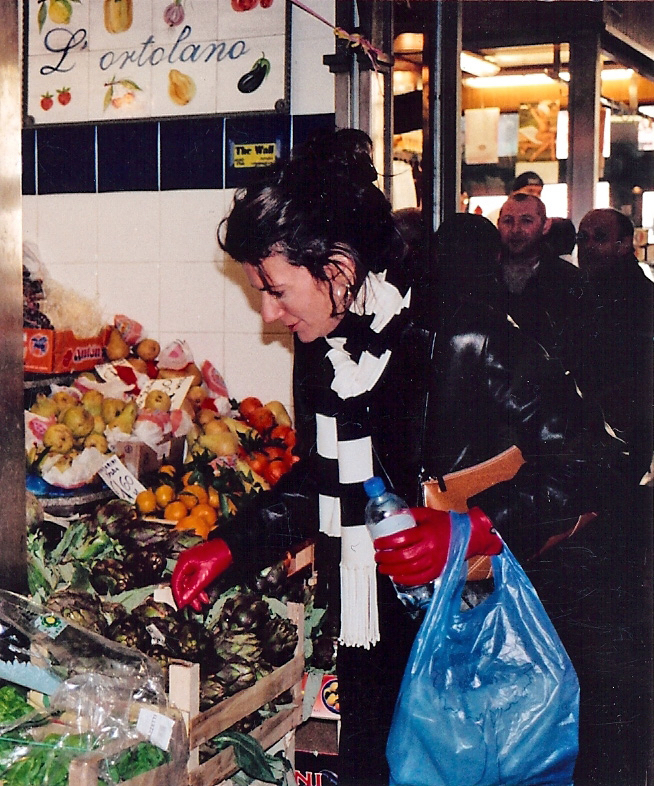
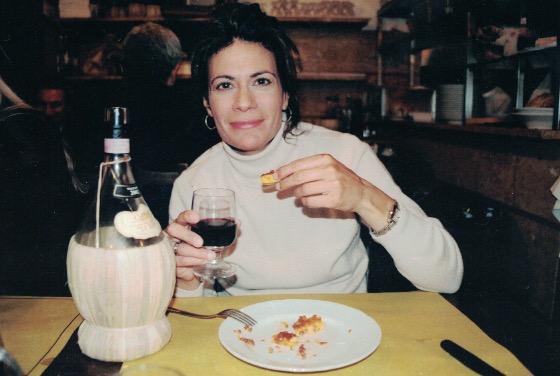

On my first visit to Italy, I learned that Italian cooking is completely regional, and bore little similarity to the red-sauce-centric Italian foods I was exposed to in the States. In Florence, I experienced the most amazing meals that were based upon regional (and seasonal) ingredients – Bistecca al’la Fiorentina (steak that was an almost transcendental experience), simple tomato and bread soup called Pappa al Pomodoro, and a traditional Tuscan Ragu over homemade pappardelle pasta made with the protein of choice in Tuscany – namely, wild boar or cinghale. But the best dish I had (that I still talk about to this day) was Tagliatelle al Ragu di Coniglio – a sumptuous, slow-cooked rabbit ragu that was so good, I wanted to learn how to make it at home.
Enter Marcella Hazan.

“Marcella’s Italian Kitchen” (published in 1986) was an Italian cooking game-changer for me. I still consider this cookbook to be THE definitive guide to Italian cooking. True Italian cooking. I not only learned how to make the Rabbit Ragu, Bistecca al’la Fiorentina, and other favorite meals I experienced in Florence, but I learned (through Marcella’s elegant storytelling that accompanied her recipes) how to THINK like an Italian cook.

The next Marcella cookbook in my growing library that helped refine my Italian cooking skills was “Essentials of Italian Cooking” (published in 2012). In addition to thoroughly-explained techniques (the “how to make homemade pasta” technique is illustrated over several pages), Marcella taught me how to coax flavors out of simple foods. Oh, and also, patience – ‘pazienza’. Good things take time. By far, my favorite recipe is her “Bolognese Meat Sauce”, which takes several hours and much ‘pazienza’. This was also the first meal I made for my now-husband (and it’s one of his favorites). Best of all, it freezes beautifully, and you can always find a few containers of Donna’s (Marcella’s) Bolognese in our freezer.
These are two of my favorite Italian cookbooks, but there will be a future post that features ALL of my favorite Italian cookbooks. Stay tuned for that.
Now, onto our French counterparts.
testing
test
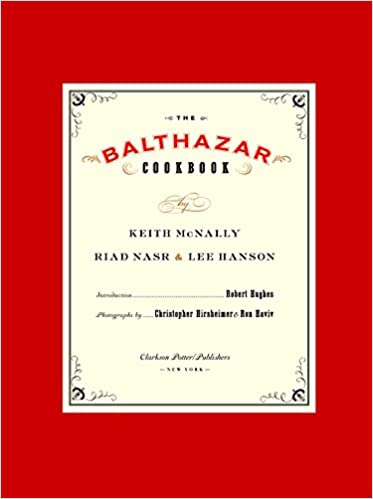
My culinary education wasn’t limited to Italian cooking. One of my favorite restaurants in New York City is Balthazar in SoHo, which is like being transported to a Paris brasserie (without the cigarette smoke!) Every meal I’ve ever had at Balthazar has been superb, so, naturally, when they came out with a cookbook filled with classic French Bistro recipes, I ordered it immediately. “The Balthazar Cookbook” (published in 2003) is one of the few cookbooks whose recipes I follow to an absolute tee – with the best results.
Favorite recipes in this cookbook are the Beef Short Ribs, Homemade Veal Stock, and Chicken Liver Pâté (which I made for a photo shoot below, and deconstructed the ingredients for a shot, as well). Note that there are two sticks of butter that go into making this pâté. And you wondered why French food tastes so good.
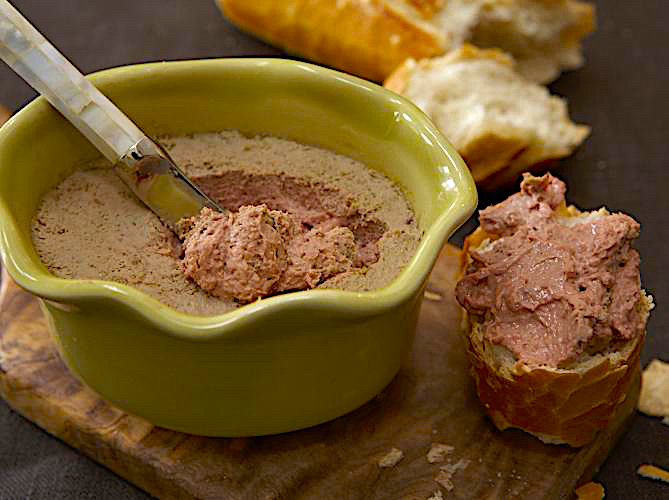
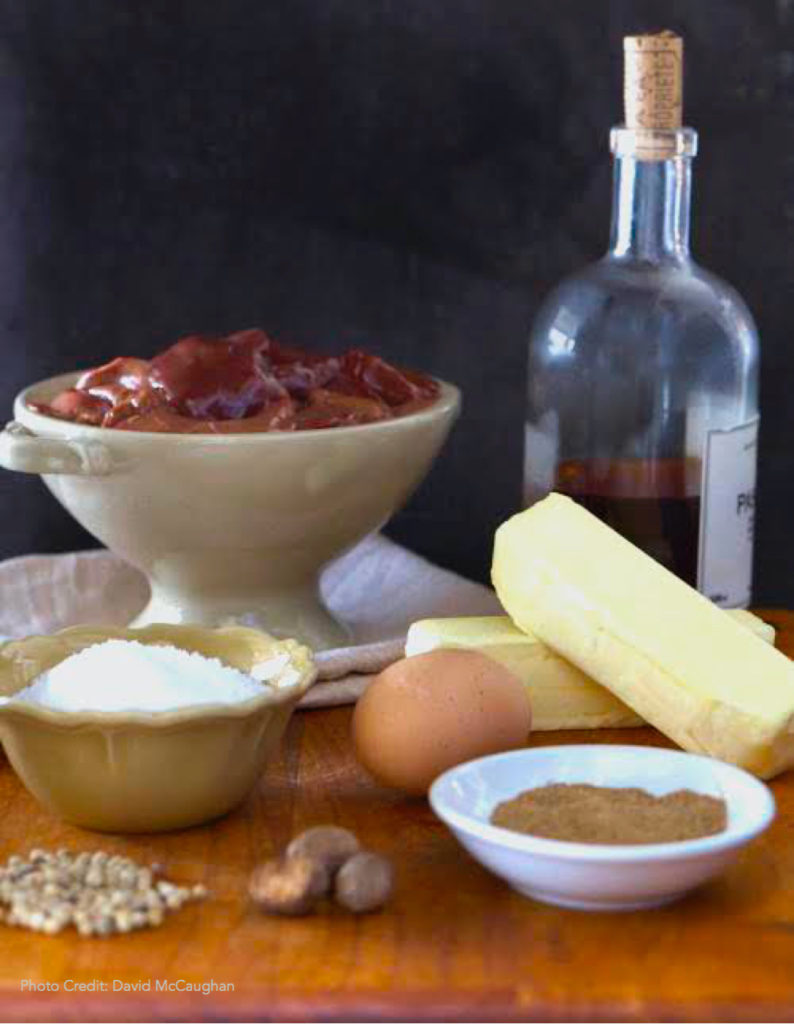
Studying (and practicing) classic French cooking techniques definitely brought my cooking skills to the next level, and The Balthazar Cookbook was a significant part of my culinary education.
I wanted to take my French culinary exploration beyond Paris, so I embarked on a solo trip to the Provence region of France in the fall of 2010. I made my home base in the city of Avignon and took side trips to the beautiful wine country of the Rhône Valley. I hope heaven looks like this, and they let me in.
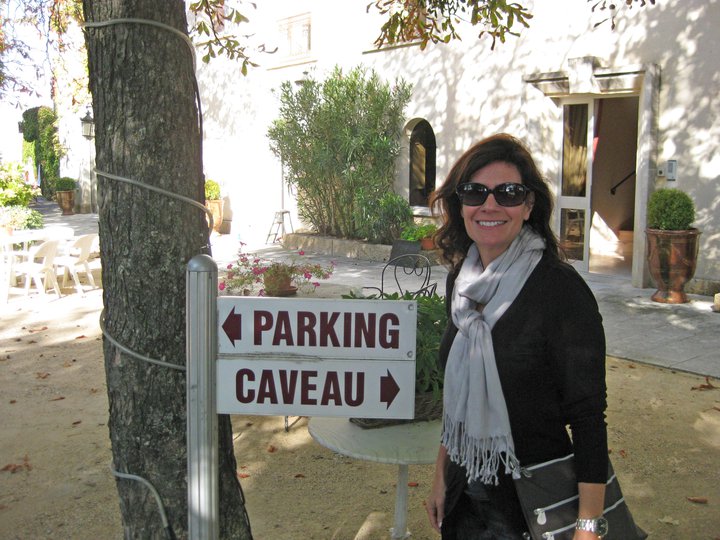
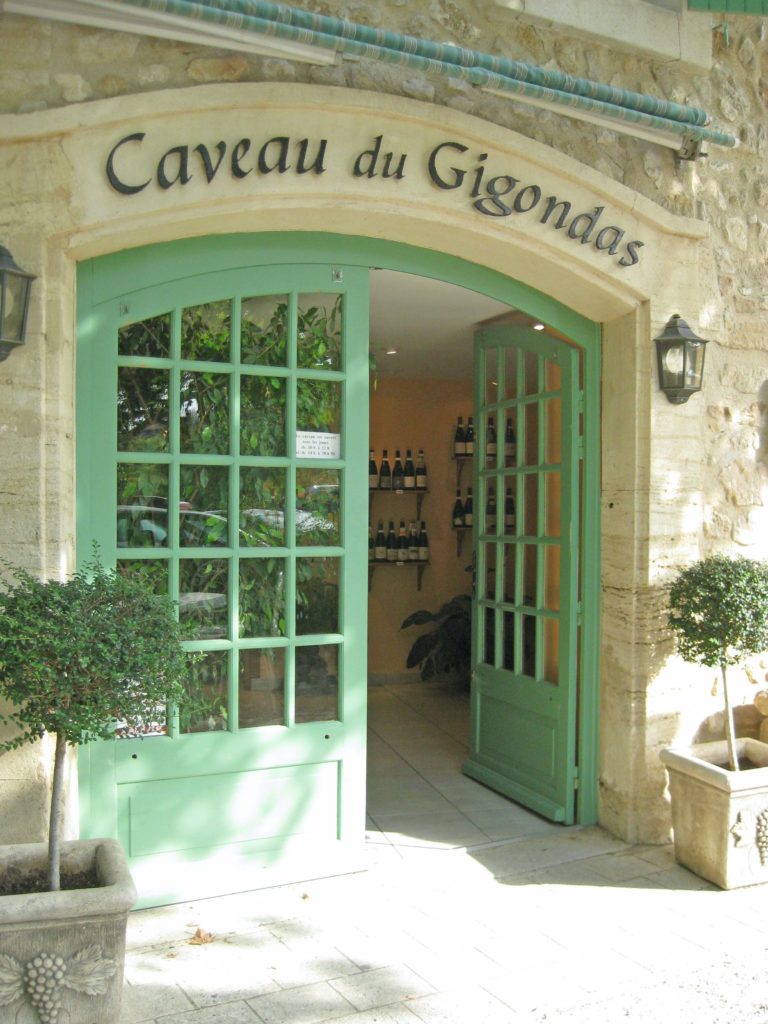
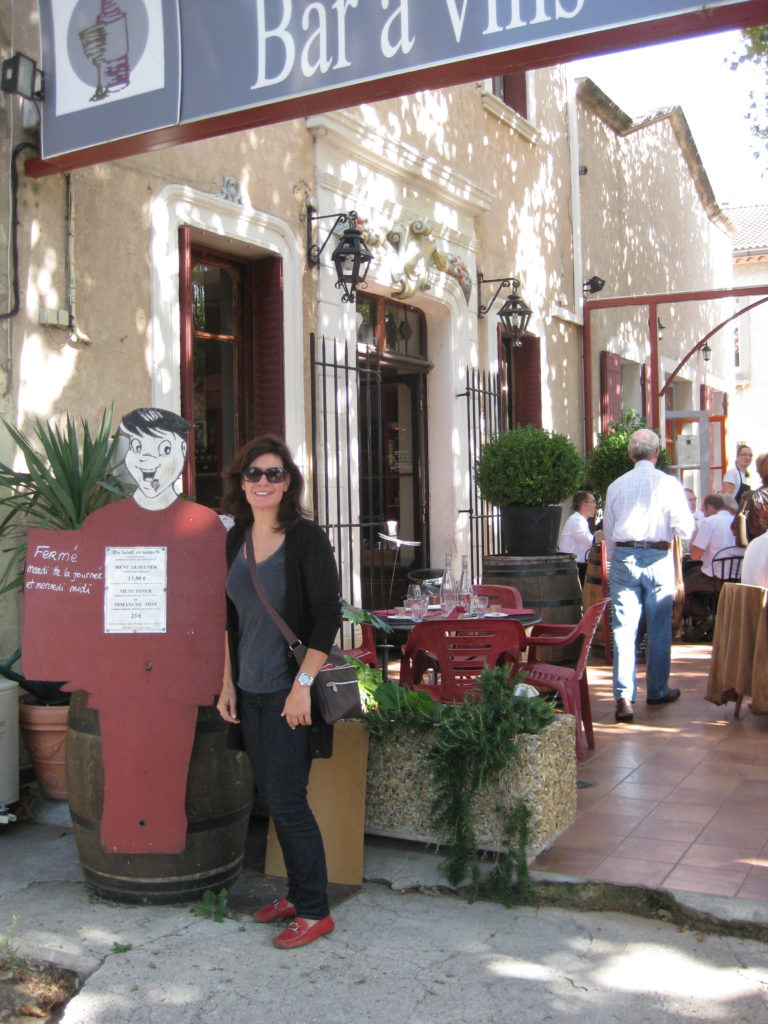

I took a day-long cooking class that also involved a morning trip to the famed Les Halles Market in Avignon. I highly recommend booking a one-day cooking class when you travel – there’s nothing like hands-on experience for learning how to cook like a local. Click here for more information about cooking classes in France.
The simple foods (and local wines) in France made a lasting impression on me, and furthered my interest in rustic French/Provençal cooking. I discovered Patricia Wells through a homeowner/avid cook whose kitchen we photographed for a magazine. She recommended this wonderful cookbook that taught me how to prepare rustic (and simple) French fare
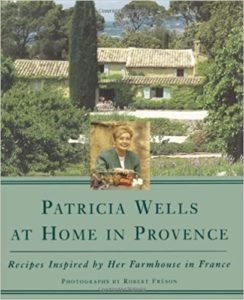
Let’s just say that after reading “Patricia Wells at Home in Provence: Recipes Inspired by Her Farmhouse in France” (published in 1996), I wanted a farmhouse in Provence 🙂
Moreover, this cookbook introduced me to the simple pleasures of cooking with fresh herbs and farmer’s market produce. Also, being on a first-name basis with a local butcher and fishmonger certainly helps. Trust me, you, too, will want a farmhouse in Provence after reading this cookbook
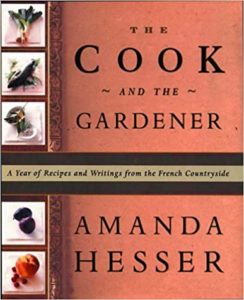
Along the same lines is “The Cook and The Gardener” by Amanda Hesser (published in 2000), which was given to me as a gift. And what a great gift it was, as it combined two of my passions – cooking and gardening. Although there are no photos, the book more than makes up for it in well-written, thoughtful prose. The author chronicles four seasons in a French garden, with excellent recipes that I still make to this day. By 2005, I had a nice-sized kitchen garden that gave me a plethora of fresh herbs and produce (tomatoes, edible flowers, eggplant, peppers and the like), so this book was very helpful in creating meals from freshly-harvested ingredients – a far cry from my “red sauce” Italian cooking days! Standout recipes include Potato Galette with Garlic & Thyme, Brussel Sprouts and Lardons, and Fried Zucchini Flowers with Goat Cheese, Tarragon & Parsley.
Now go and plant yourself a little herb garden!
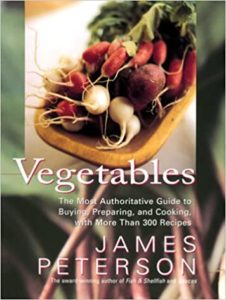
My Saratoga kitchen was an entertaining hub for many friends – and many a lively party. With a few vegetarian guests, though, I needed my menus to include some meatless dishes that could make a meal unto themselves on a buffet. A cooking challenge I found was how to make vegetables taste good. Really, really good. James Peterson’s “Vegetables” (published in 2012) proved to be an invaluable resource for inventive and flavorful ways to cook with vegetables. This will be your best vegetable cooking resource.
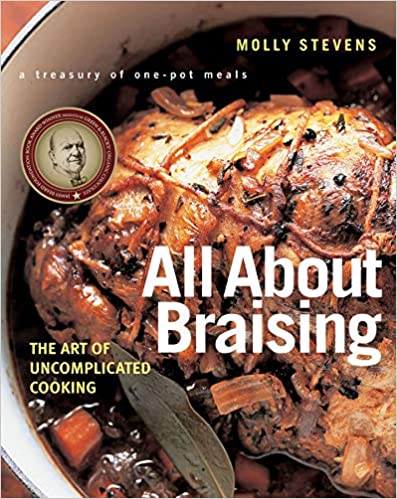
If I have one go-to cooking technique, it would be braising, which involves slowly cooking a piece of meat in liquid in a heavy, lidded pot for a few hours. There is something I find so appealing about taking an inexpensive, tough cut of meat and making it taste delicious. “All About Braising: The Art of Uncomplicated Cooking” by Molly Stevens (published in 2004) is how I learned to perfect this technique. She not only explains the principles of braising, but also recommends the best cuts of meat and even the right pots to use. Some of my signature dishes started with this book. Favorite recipes include Veal Osso Buco alla Milanese, Braised Lamb Shanks Provençal and Moroccan Chicken with Green Olives and Preserved Lemons.
There are many more cookbooks in my collection, but the techniques and concepts in these cookbooks made me truly feel like a home chef.
NEXT UP: TRIED & TRUE: COOKBOOKS BEAUTIFUL ENOUGH FOR YOUR COFFEE TABLE
